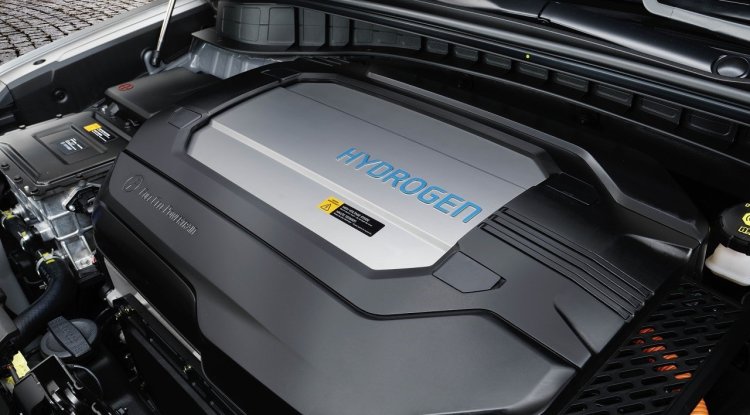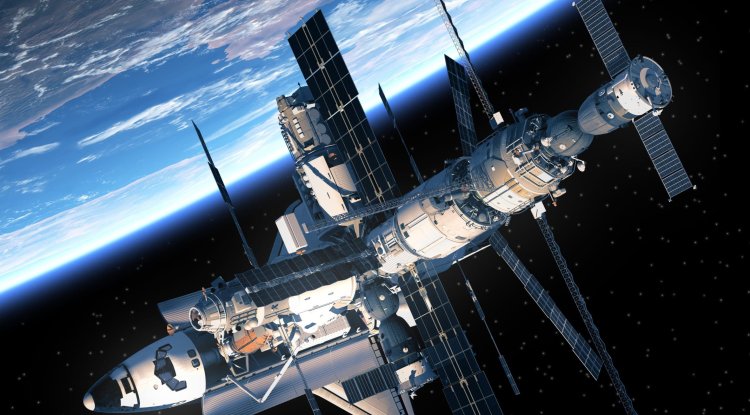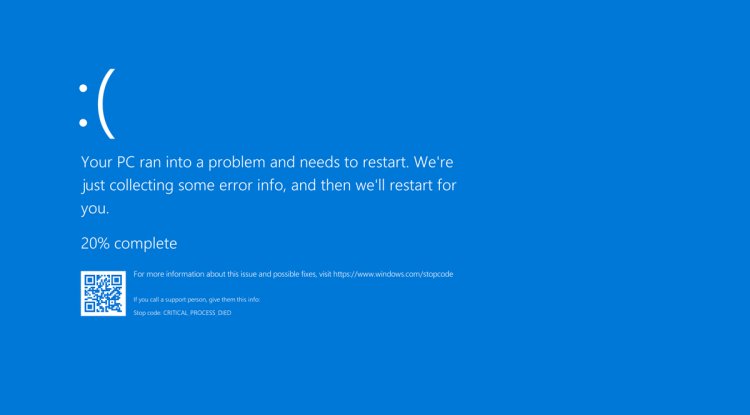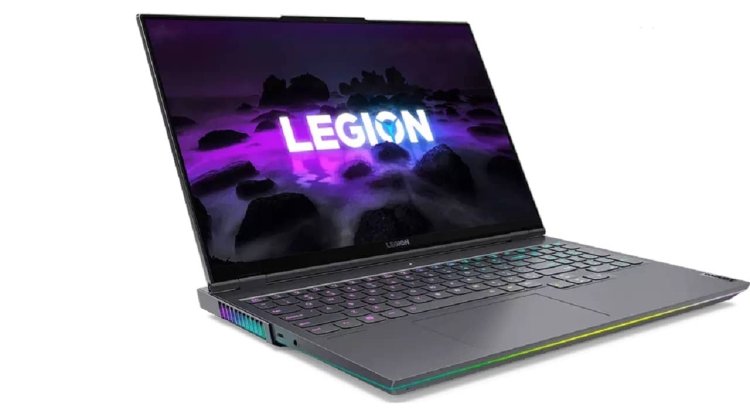Hyundai is probably rolling out hydrogen cars
So far, there are only two fuel cell cars on the market, the Hyundai Nexo and the Toyota Mirai. Now Hyundai announced that it will stop developing hydrogen cars

So far, there are only two fuel cell cars on the market, the Hyundai Nexo and the Toyota Mirai. Now Hyundai is said to have announced that it will stop developing hydrogen cars for the time being.
A few days ago, the Federal Network Agency announced that 50,901 publicly accessible charging points had been reported in Germany by the beginning of December 2021. However, the charging times of battery-electric cars are significantly longer compared to filling up with gasoline. If you want to fill up in under five minutes and still want to be on the road with an electric motor, fuel cell vehicles that are refueled with hydrogen are ideal. Now, according to insiders, Hyundai is said to have announced that it will pause the development of fuel cell cars for the time being. As a result, the currently available Hyundai Nexo hydrogen car will not have a successor. Hydrogen in cars is a waste of energy
The reason given by the South Korean group is that the marketability of fuel cell cars is assessed as very low. If you look at the official sales figures, this assessment can be shared. By October 2021, 475 Hyundai Nexo had been registered in Germany. For comparison: the similarly sized Hyundai Ioniq 5 electric car was registered more than 5,825 times in Germany by November 2021. The individual components of a hydrogen vehicle with an electric drive are - in some cases - very expensive and require a comparatively large amount of installation space. This also explains the high price of the Nexo of over 87,000 dollars. A Hyundai Ioniq 5, on the other hand, cost 47,500 dollars.
There is, however, another problem for H2 cars. To produce one kilogram of hydrogen, 55 kWh of energy is required in production. According to test reports, the Nexo consumes 1.1 kilograms of H2 per 100 kilometers, stores the H2 in a specially secured 6.33-kilogram tank, and - ideally - can travel over 600 kilometers on one tank of fuel. With this energy balance, the fuel cell vehicle wastes a lot of energy, especially in comparison to an electric car with a battery pack. For example, a VW ID.3 Pro with a 58 kWh battery can travel around 420 kilometers, according to the manufacturer.
In addition, hydrogen cannot be filled up at a conventional filling station, as the hoses, etc. It can withstand the high pressure of 700 bar and must be specially secured. A single fuel pump for H2 costs around one million dollars. Incidentally, the second remaining automaker that has relied on hydrogen in the car is also withdrawing more and more. The Toyota Mirai can still be bought, but investments are being cut back. For e-cars with a battery pack, the Japanese want to bring 15.6 billion dollars and 30 different models onto the market by 2030. Hydrogen has a future - in certain areas
Toyota will continue to research the fuel cell together with BMW and Hyundai. However, this no longer has anything to do with use in cars. For example, one could use hydrogen to produce synthetic fuels for internal combustion engines from it and with CO₂. Although this production is still very complex, energy-intensive, and expensive, one could, for example, operate aircraft or trucks in the most environmentally friendly way possible using e-fuels. Ultimately, the aim of e-fuels is to become CO₂-neutral in terms of the balance sheet, i.e. to remove the CO₂ emitted during the journey from the atmosphere through the manufacturing process. If all goes well, the price per liter of e-fuel can be reduced to around twice the price of a liter of petrol but at the moment it is a long way off. For large-scale use in cars, however, e-fuels are probably not ideal either, as currently not enough synthetic fuel can be produced for billions of automobiles.
In addition to the use of hydrogen in the production of e-fuels, H2 could also generally play a role as an energy carrier in the future. How exactly the hydrogen could be used is currently being researched by various companies. There are a number of areas that cannot be electrified, such as large aircraft.
Collection on the possible hydrogen "off" at Hyundai:
- Hyundai is to pause the development of hydrogen cars for the time being, as insiders report. The fuel cell car Hyundai Nexo will not have a successor.
- In addition to the high cost, H2 has another problem. 55 kWh of energy are required to produce one kilogram of hydrogen. In test reports, the Hyundai Nexo consumes 1.1 kilograms of H2 per 100 kilometers.
- With this energy balance, hydrogen cars are significantly worse than electric cars with a battery pack. For example, a VW ID.3 with a 58 kWh battery can travel 420 kilometers.
- In addition, hydrogen can only be refueled at special fuel pumps, which cost around one million euros.
- However, hydrogen still has a future as an energy carrier, for example for the production of e-fuels for aircraft.





































